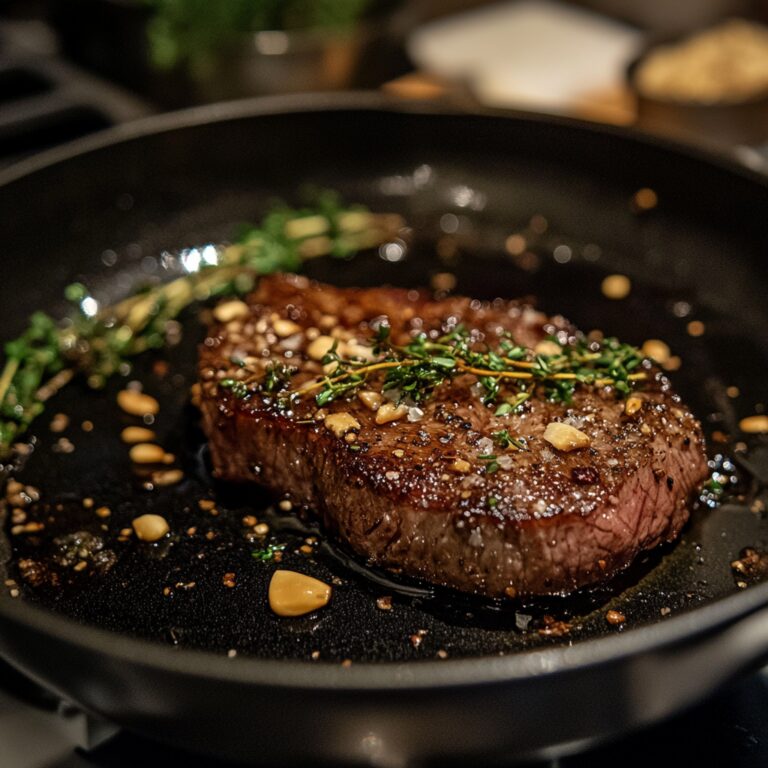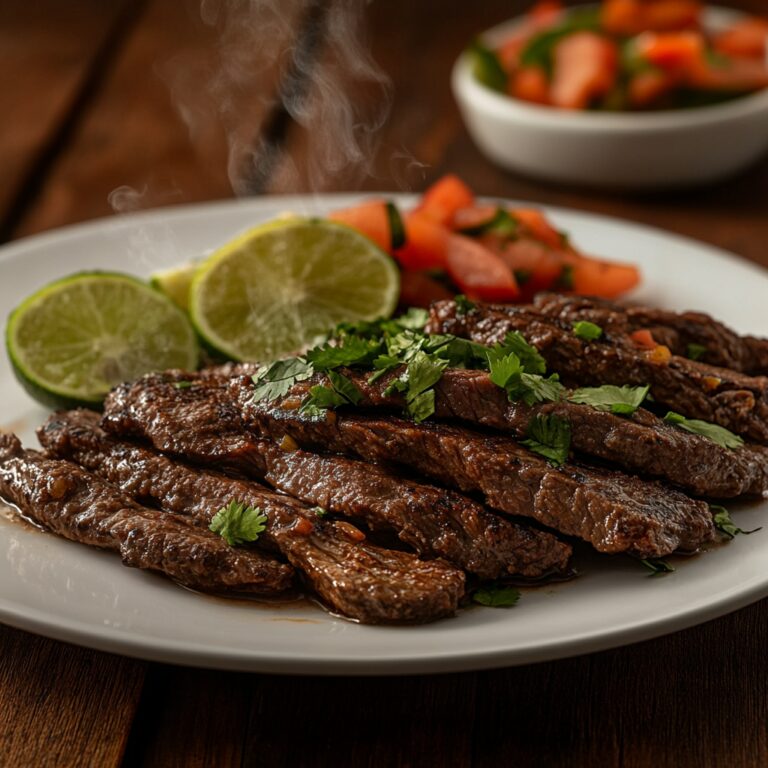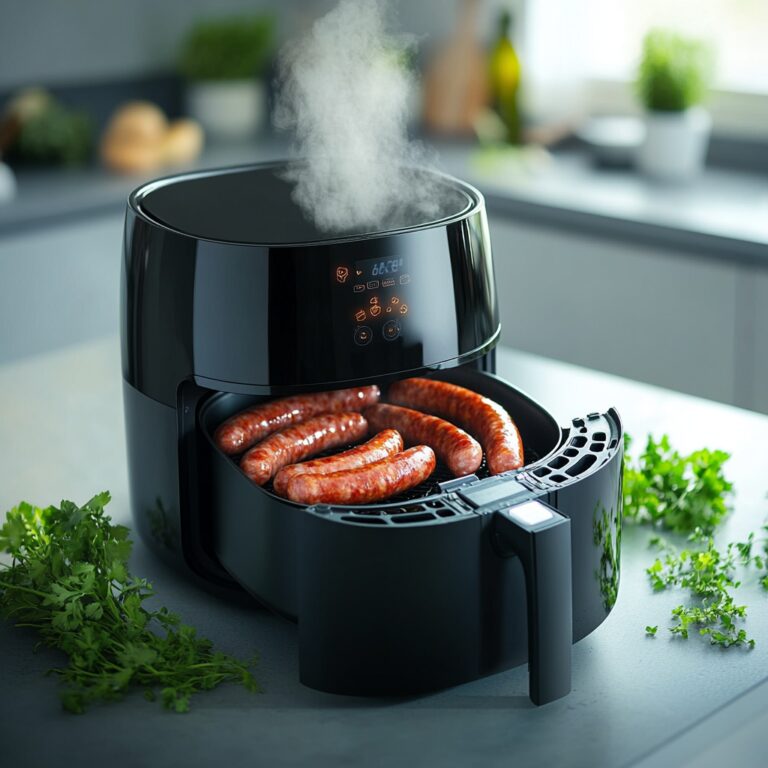Measuring Archery Draw Length: The Ultimate Guide for Accurate Shooting
Achieving precision in archery isn’t solely about skill; it requires an understanding of your equipment as well. An integral part of this is knowing your accurate draw length. Ensuring you have the correct draw length will improve your shooting form and overall performance. Let’s delve deep into understanding how to measure archery draw length and why it’s so crucial.
What Is Draw Length?
Draw length refers to the distance between the nocking point on the string and the pivot point of the bow grip, plus 1.75 inches. Simply put, it is how far back you pull the bowstring. Having the right draw length means achieving optimal form, which significantly affects your accuracy and comfort.
Importance of Correct Draw Length
Understanding and measuring your draw length is **essential for several reasons**:
– **Accuracy**: The correct draw length ensures that your arrow flies straight, leading to precise shots.
– **Form**: Proper draw length helps you maintain appropriate posture and draw mechanics.
– **Comfort**: With the right equipment adjustments, you’ll find shooting more comfortable and less straining.
Methods to Measure Draw Length
There are various ways to measure your draw length accurately. Here are three of the most common and effective methods:
The Wingspan Method
This is arguably the most popular and simplest way to measure draw length.
1. **Stand naturally with your back against a wall and stretch your arms out horizontally to form a “T” shape.**
2. **Measure the span from the tip of one middle finger to the tip of the other.**
3. **Divide this number by 2.5.**
For instance, if your wingspan measures 70 inches, your draw length would be 70 / 2.5 = 28 inches.
The Wall Method
This method can be done at home without special tools.
1. **Stand perpendicular to a wall with your bow hand against it.**
2. **Assume your shooting posture and lightly touch your bow arm against the wall.**
3. **Draw a mock bowstring back to your anchor point and have someone measure the distance from the wall to the corner of your mouth (your anchor point).**
Remember to add 1.75 inches to the final measurement to get your draw length.
The Bow Method
This method requires a bow and can be slightly more precise.
1. **Use a bow with an adjustable draw length setting and gradually adjust it until it feels most comfortable.**
2. **Make sure to achieve a full draw and be able to aim in comfort.**
3. **Measure from the nocking point to the pivot point of the grip.**
Typically, any registered archery shop can assist you in setting up the bow for this measurement and ensuring it’s accurate.
Tools for Measuring Draw Length
While some methods only require basic tools like a measuring tape, there are specific tools designed to assist with draw length measurements:
– **Draw Length Indicators**: Devices specifically designed for archers to measure draw length without drawing a bow.
– **Arrow Draw Length Indicators**: Modified arrows that feature measurement marks, perfect for getting a reading while drawing a bow.
Adjusting Your Draw Length
Once you’ve determined your correct draw length, you may need to adjust your bow accordingly. Modern compound bows usually offer adjustable draw lengths, while recurve bows might require the use of different accessories.
Adjusting Compound Bows
Most compound bows offer an adjustment range. Here’s how to adjust it:
1. **Refer to the manufacturer’s guide for specific instructions.**
2. **Use the correct Allen wrench to turn the adjustment screws or modules.**
3. **Re-check your draw length after each adjustment.**
Adjusting Recurve Bows
Adjusting draw length on a recurve bow is slightly different:
1. **Use different length limbs if the bow allows limb replacement.**
2. **Consider using an adjustable clicker or different arrows to accommodate changes.**
Common Draw Length Mistakes
Incorrect draw length may lead to multiple issues:
– **Overdraw**: Pulling the bowstring too far back can cause problems like inaccurate shots and potential injury.
– **Underdraw**: Not drawing back enough can result in reduced power and poor arrow flight.
How to Recognize and Fix Mistakes
– **Overdraw Symptoms**: Tension in shoulders, inconsistent anchor points. To fix, simply re-measure for accuracy and adjust your bow or technique.
– **Underdraw Symptoms**: Feeling cramped, poor arrow control. Similar steps to overdraw corrections apply – re-measure and make necessary adjustments.
Conclusion
Knowing your exact draw length is fundamental to improving your archery performance. Ensuring that you measure it accurately and make necessary adjustments to your equipment can significantly enhance your shooting experience and precision. Utilize the methods discussed here, and consider double-checking with professional archery resources if needed. Happy shooting!





